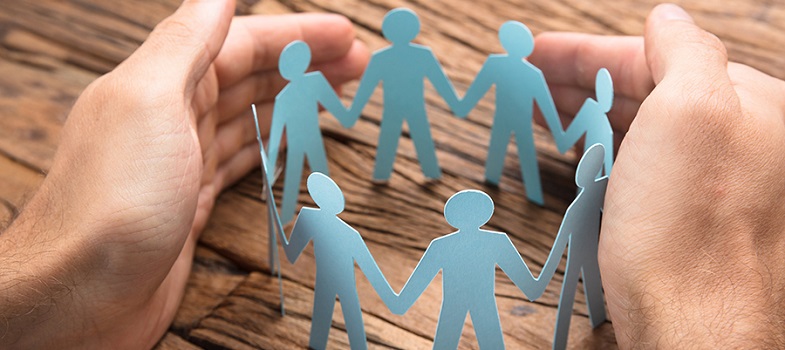Unit 2: Identify
2.10 What makes children feel safe?
|
Activity 2.6 Listening to the voices of those at risk Keeping people safe means putting the needs and wants of those at risk from harm first. In turn, this requires listening to the voices of those who might be at risk and learning about what being ‘safe’ actually means to them. Below you read about what children living in different contexts have said about what makes them feel safe and what makes them feel unsafe. It is only when we read about their experiences that we can prioritise what is important to them and be better equipped to put safeguarding measures into place at every stage of the safeguarding cycle. While reading the children’s comments, reflect and respond to the following questions in your learning journal:
Boy 1: “When I am at school playing with the other children; that’s when I feel safe.” Boy 2: “I didn’t feel safe when the teacher used to beat us.” Girl 1: “When I have to work in the daytime, I feel safe. I don’t feel safe when I have to work at night.” Boy 3: “I feel more safe in my area close to home.” Girl 2: “I feel safe when I’m at home with my parents.” Boy 4: “I don’t feel safe when foreigners approach me and take photographs of me.” Girl 3: “I don’t feel safe when I have to go to the toilet in the bush.” Boy 5: “When I’m with older guys who steal stuff, I don’t feel safe then.” Girl 4: “I don’t feel safe when I am in the street or on my way to school because I’m worried about traffickers kidnapping me.” |
